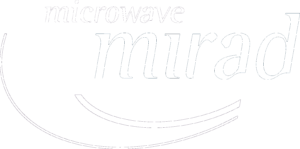After the successful design and project completion of a 6m Q/V-band tracking antenna including a feed prototype, in the years 2017/2018 our customer Calian asked MIRAD to quote for 10 units of a Ka/Q/V-band system designs. The development of the feed system follows the design requirements for a 10m Cassegrain reflector antenna. The 10 antenna systems are suitable for communications the latest high throughput satellites (HTS) launched in early 2023. This HTS will enable services with download speeds of up to 100 Mbps, the spacecraft is the first system to use Q- and V-band for gateway feeder links to optimize the amount of Ka-band available to customers.
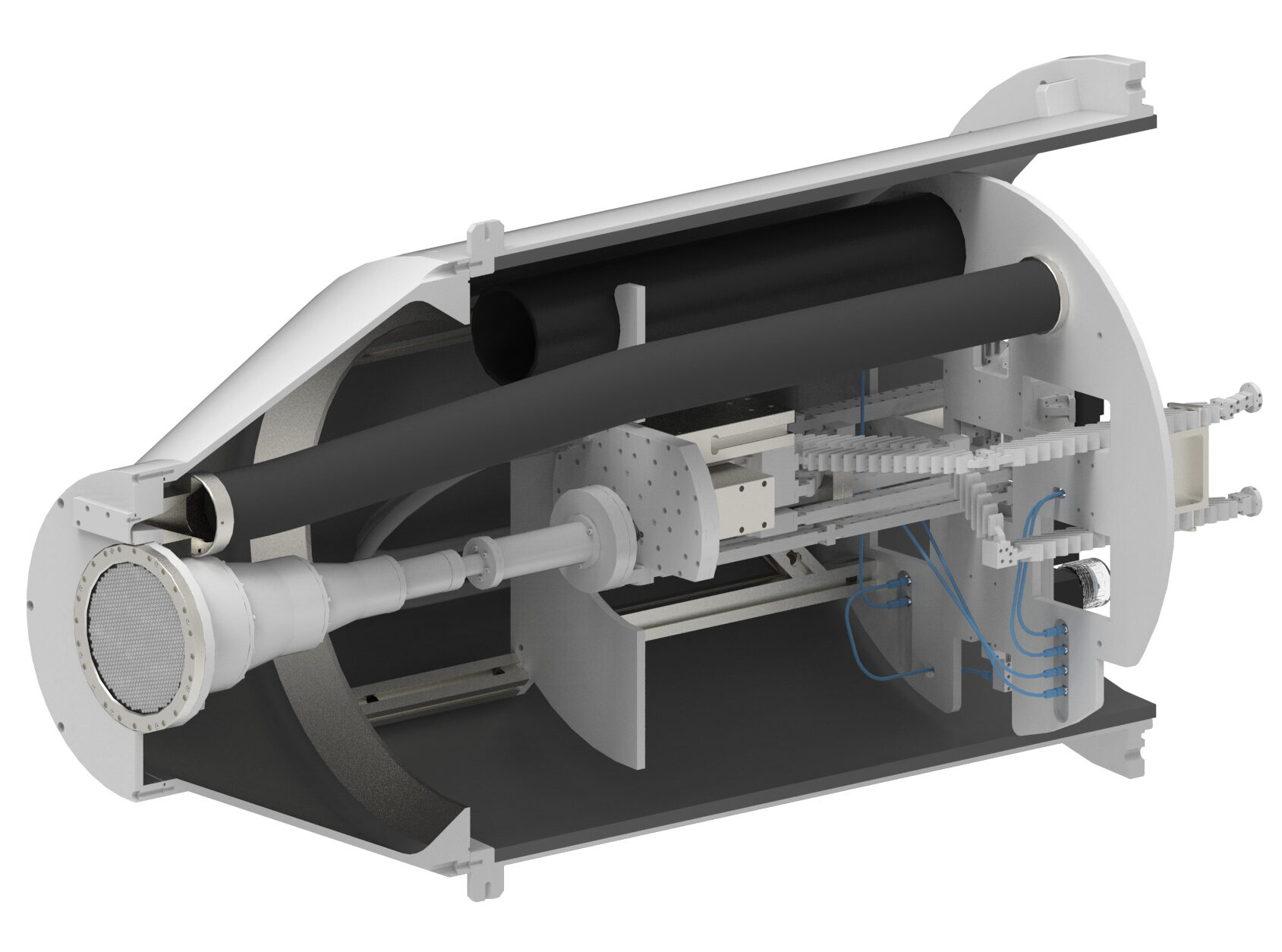
Jupiter 3 will enable services with download speeds of up to 100 Mbps, the spacecraft is the first high throughput satellite (HTS) system to use Q- and V-band for gateway feeder links to optimize the amount of Ka-band available to customers. The biggest challenge in the development process was to combine all three frequency bands into a single high-gain feed solution operating from 27.5 GHz to 51.40 GHz. In particular, the manufacture of such high frequency components as the diplexers, orthomodetrnasducers and especially the Q-band TE21 mode tracking coupler require a strong experienace and know-how of RF design combined with highly skilled manufacturing personnel and knowledge about manufacturing technologies. The complete design and manufacturing of the key parts was done in MIRADs in-house workshop.
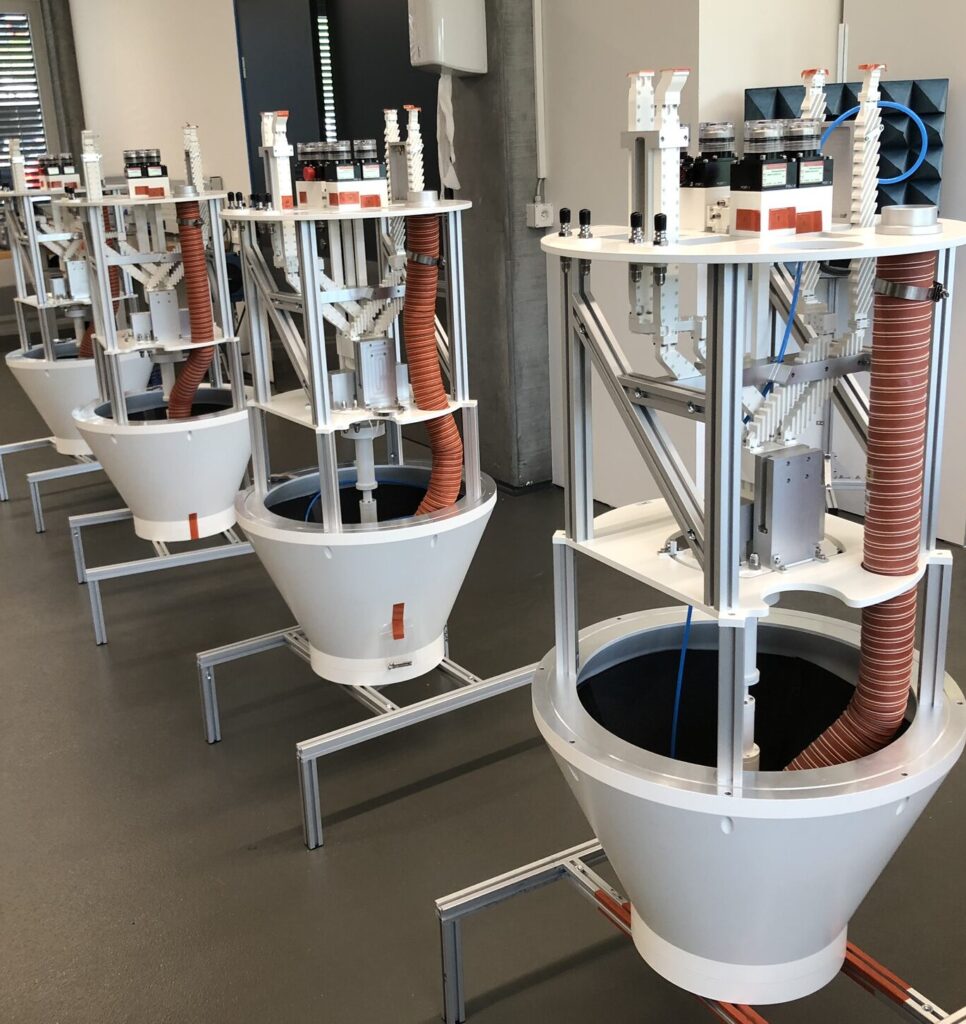
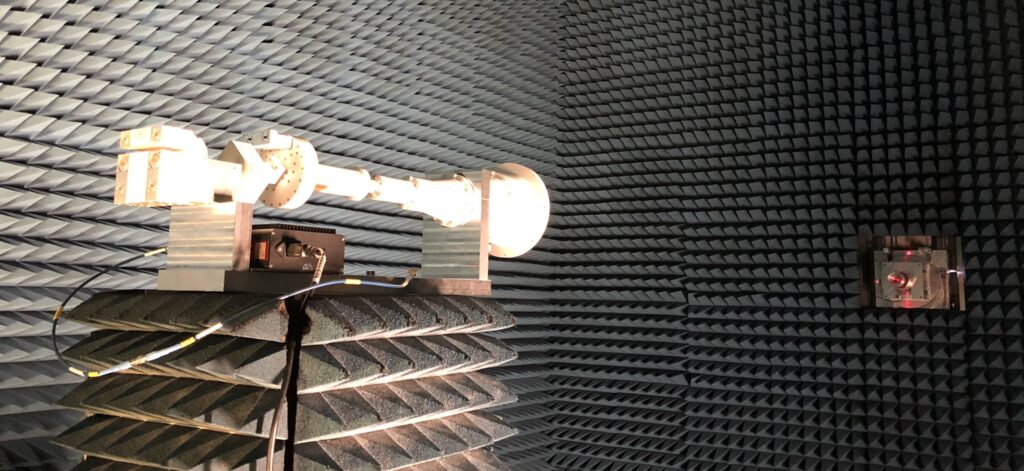

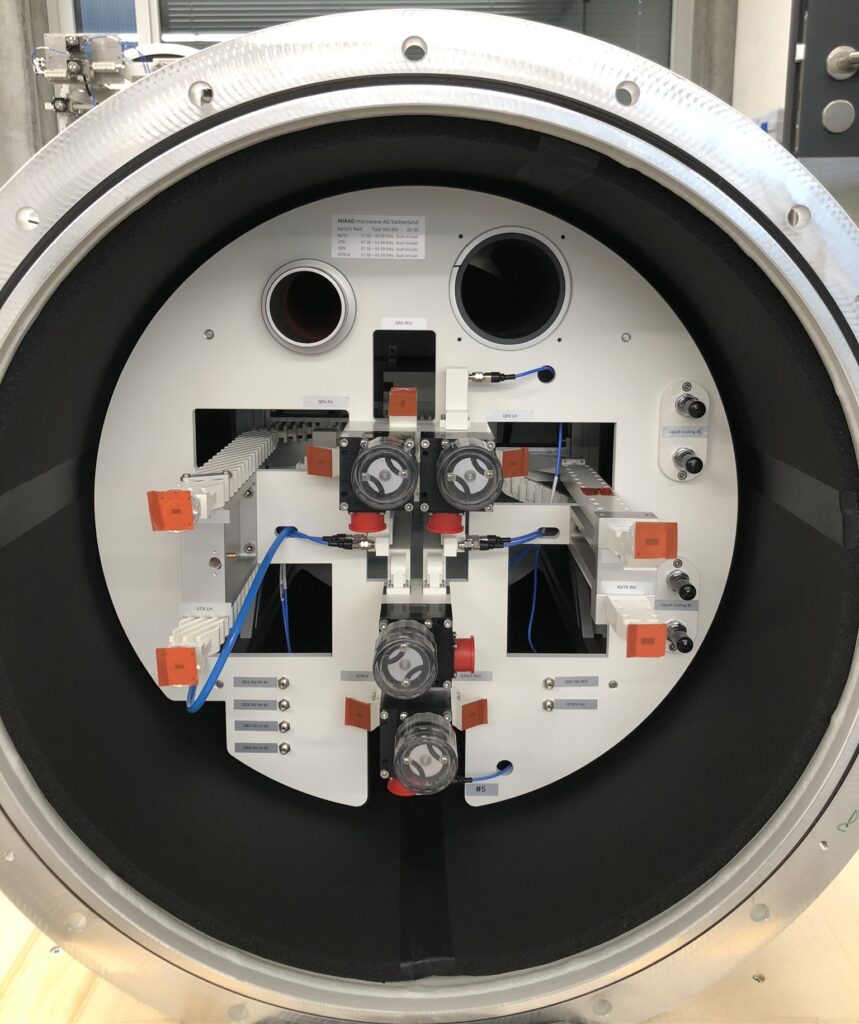
Assembly of a batch of 4 Ka/Q/V-band feed systems (left), pattern measurements in MIRADs anechoic chamber and RF measurements (center) and final integrated feed in the feed tube, ready for the delivery (right)
After the successful design phase and the manufactruing and testing of the first prototype unit, MIRAD delivered the 10 units from 2019 to 2021. Outstanding EIRP and G/T values have been achieved as all relevant passive RF components are sourced from MIRAD.
Key technical challenges:
- Lowest possible losses
- High power transmission in Ka- and V-band
- Water cooling of transmit paths
- Component size of very high frequency parts
- Precise and manufacturing process
- Tracking capability in Q-band
- Optimize antenna efficiency by shaping
Key functionalities:
- Ka-band Tx (27.50 – 30.00 GHz)
- Q-band Rx & Trk (37.50 – 42.50 GHz)
- V-band Tx (47.20 – 51.40 GHz)
- Port-to-Port Isolation >17 dB
- Axial Ratio typ. <0.5 dB in all bands
- Power handling 1 kW (max. 250 W per port simult.)
- High Tx/Rx Isolation >120 dB
